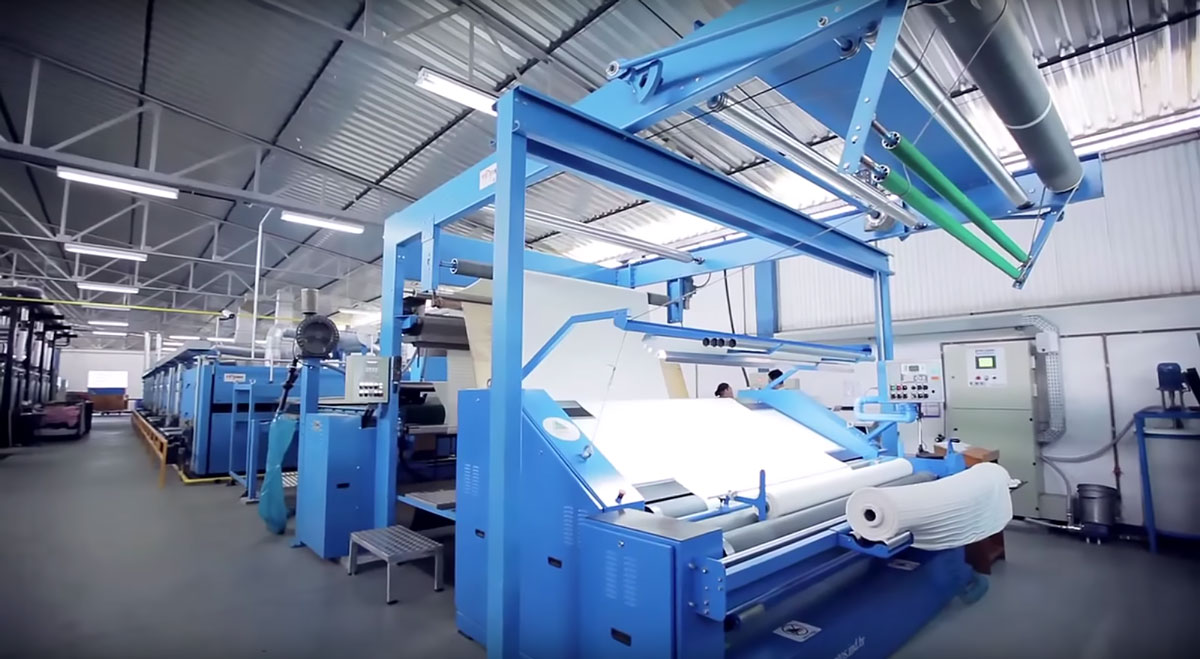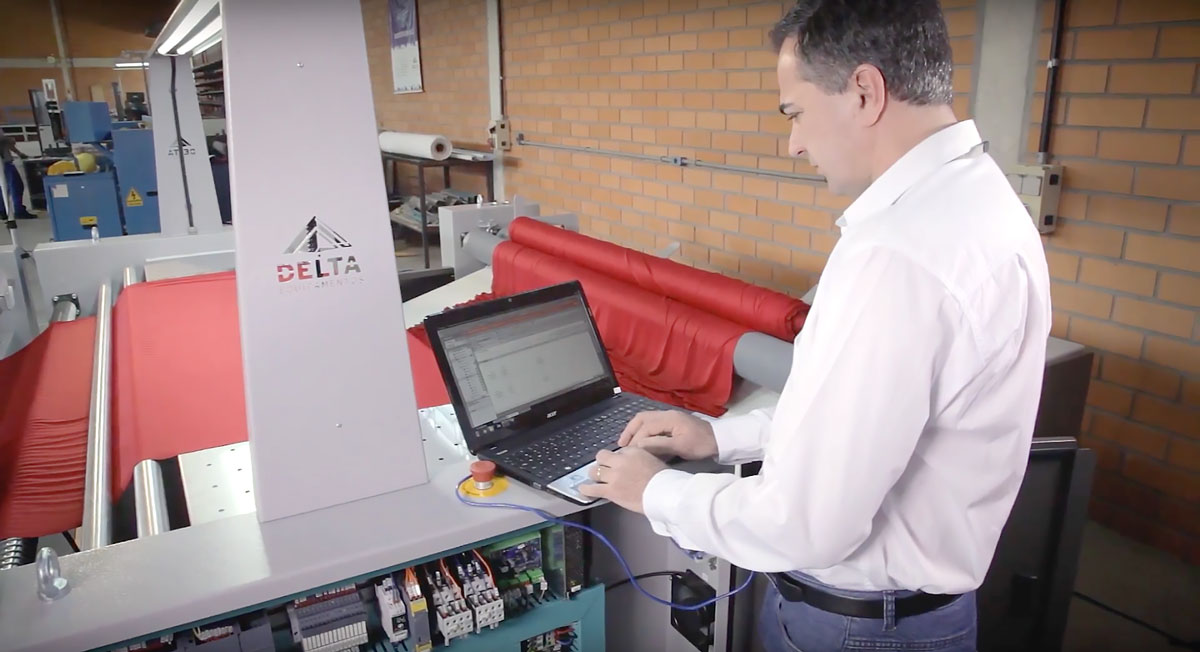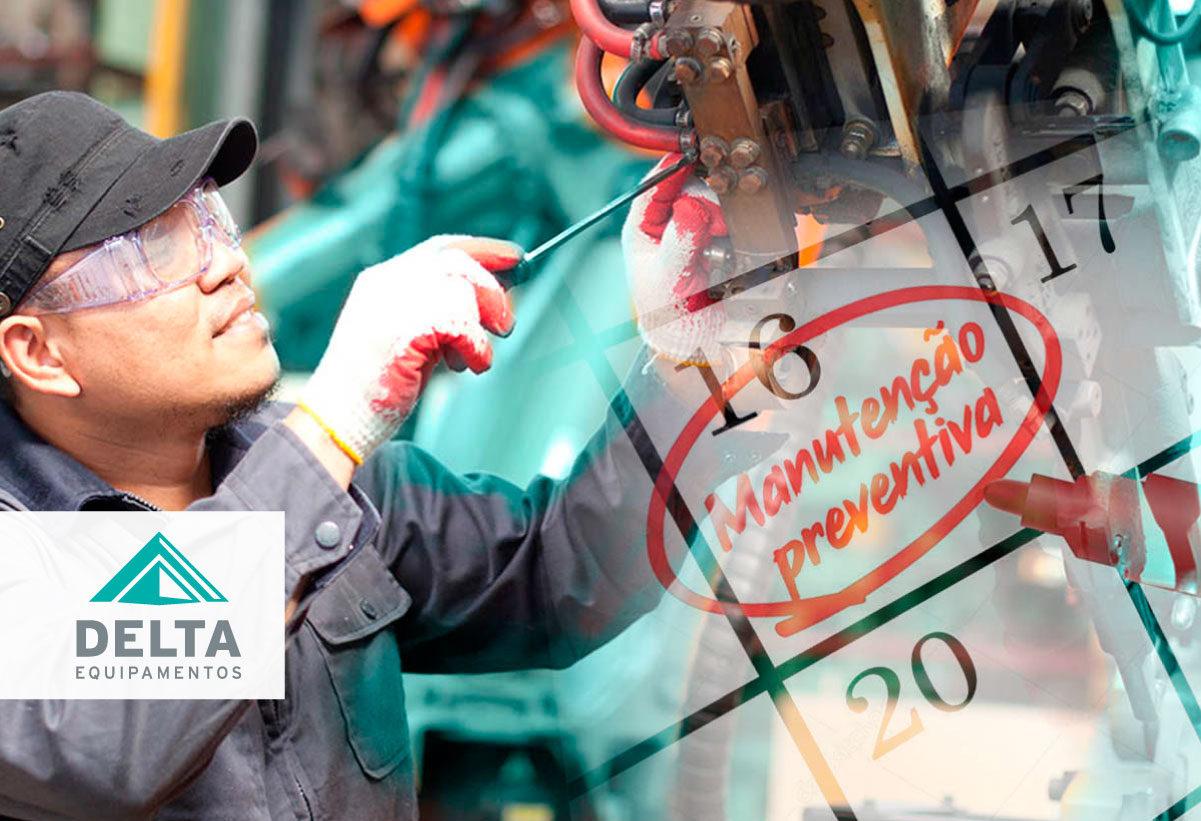In recent years, increasing competitiveness has challenged the textile industry to offer quality products and meet the diverse needs of its customers more than ever before. As a result, textile machinery must be capable of creating fabrics with varying thickness, material, and density.
Therefore, it is essential to keep textile machinery in good condition so that it can continue to work continuously for long periods without unexpected downtime. In this regard, it is important to bear in mind that all manufacturing equipment requires maintenance, but investing in high-quality machinery and then neglecting proper failure prevention is a significant mistake. With this poor practice, in addition to repair costs, there is a loss of productivity.
To avoid this situation in your company, check out the following tips on how to create a schedule of planned maintenance to keep your industry productive and without extra costs in the budget.
The importance of textile machinery maintenance
Currently, as businesses have global influence, the quality and timely delivery of products are basic requirements for any manufacturing industry. Preventive maintenance is an approach that enhances machine efficiency, eliminating the possibility of breakdowns and downtime for repairs. Thus, with the continuous operation of the machinery, it is possible to improve quality and have less waste of materials.

This scheduled maintenance is more than a policy. It must be the culture, philosophy and attitude of an industry, to always maintain excellence in its processes. The implementation of a maintenance program allows, among other benefits:
- Increase productivity.
- Reduce machine downtime.
- Increase the useful life of textile machinery.
- Reduce the number of defective products.
- Prevent unexpected machine stops and production interruptions.
- Have more security on the factory floor.
- Reduce employee idle time.
- Focus more on strategies to face the competition.
Furthermore, by routinely cleaning, lubricating, repairing, replacing, adjusting and refueling it is possible to reduce unnecessary wear and tear on different parts and equipment, as well as the corrosion of items, improving the work and productive capacity of your company.
How to create a scheduled maintenance calendar?
Now that the importance is clearer, follow the practical tips to create an effective preventive maintenance schedule for textile machinery.
1. Create a plan
Before any maintenance procedure is implemented, it is important to establish who will be involved in the preventive maintenance project. Depending on the size of the company, likely choices may include managers, technicians or other employees from the maintenance, accounting or even finance departments.

It is also important to have a defined goal, for example, reducing corrective maintenance costs by X% or reducing equipment downtime by X%.
2. Take inventory
Although it is a more labor-intensive exercise, taking an inventory of all relevant machines in your company ensures that preventive checks are carried out on key operational equipment.
In addition to information such as brand, model, serial number and specifications, it is necessary to document the current condition of the equipment. This can help define the importance of textile machinery within a maintenance program.
3. Define maintenance procedures
With the list of equipment in hand, the next step is to determine the work necessary to keep each piece of equipment in operation, as well as the frequency with which they must occur.

An important part of creating preventative maintenance procedures is creating a list of internal and external tools and resources needed to complete each task. In addition to the best days and times for this maintenance to be carried out.
4.Prioritize the Equipment
When creating a preventive maintenance schedule, it’s important to list priority equipment. Identify which equipment is most costly for a company in terms of repairs, downtime, and value to operations. Downtime and value for operations.
Executing maintenance plans takes time and, therefore, this prioritization avoids overloading your employees.
5. Train Your Team
In addition to putting scheduled maintenance dates for textile machinery on the calendar. TIt is also necessary to plan training and qualifications for your team. Having well-trained members to use the maintenance program is a determining factor for the action to be successful.
6. Adjust the maintenance schedule regularly
Companies are dynamic and so are their equipment assets. Therefore, it is important to always analyze the results of a preventive maintenance program and adjust or improve them as necessary. In general, it is recommended to review and adjust your maintenance plan every two years..
Once implemented, the benefits of scheduled maintenance far outweigh the costs associated with corrective maintenance. Which often result in downtime, equipment replacement and interruption of operation. Having an up-to-date program that monitors company assets allows for flexible maintenance scheduling. Saving time, money and energy.
And you, do you want to know more about how technology can impact your business? Continue following our content and don’t forget to check out our equipment catalog!

